Presentation
Dysarthia followed by right upper and lower limb weakness and behavioral changes during the past 10 days
Patient Data
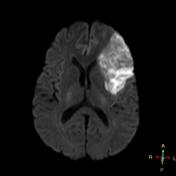

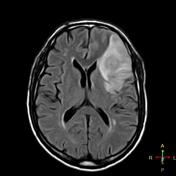



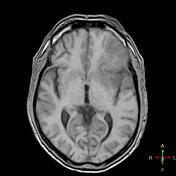

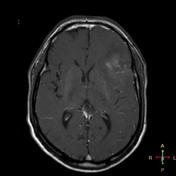

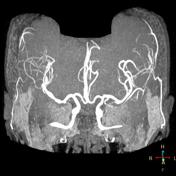

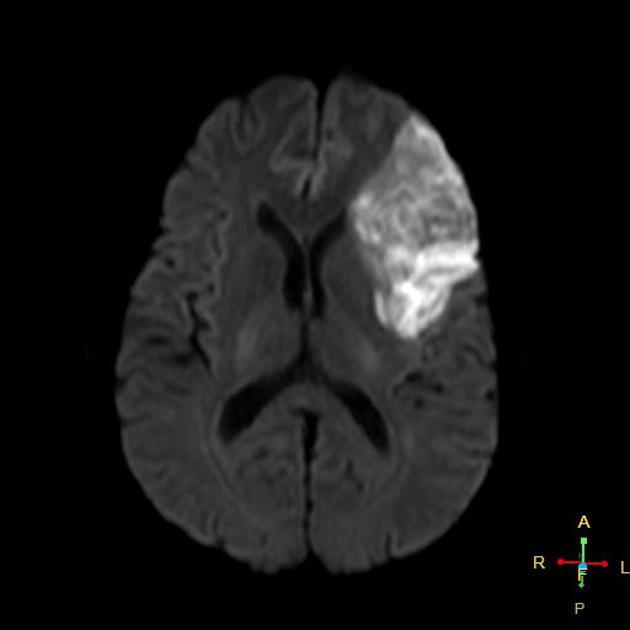
Left frontal subacute infarction that exhibits restricted diffusion in DWI, hypointense signal in T1 and hyperintense signal in FLAIR. T2* images show hypointense area of hemosiderin deposition within the lesion. Mild compression of ipsilateral lateral ventricle is noted. MRA is unremarkable. Another recent infarction is seen at left occipital pole. Other old infarctions are seen.
Case Discussion
T2* is useful to detect bleeding within infarction. As hemosiderin (blood product) creates susceptability artifact, its detection requires T2* or more recent SWI. Mass effect and hemorrhagic transformation usually occur in subacute infarction.




 Unable to process the form. Check for errors and try again.
Unable to process the form. Check for errors and try again.